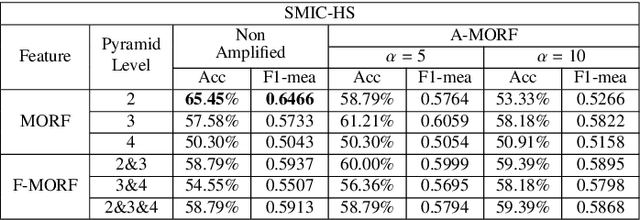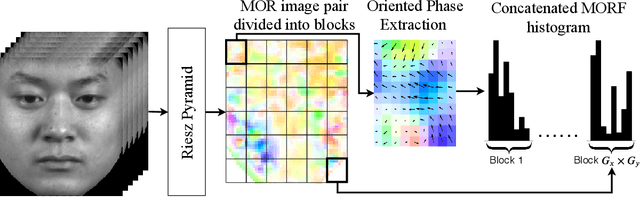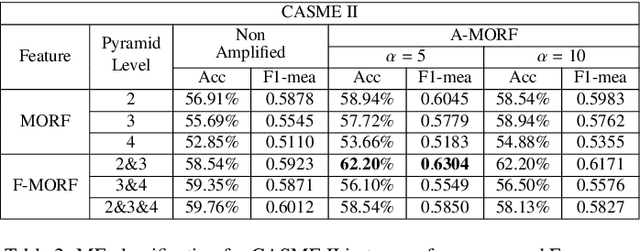Hubert Konik
Breast Cancer Diagnosis: A Comprehensive Exploration of Explainable Artificial Intelligence (XAI) Techniques
Jun 01, 2024



Abstract:Breast cancer (BC) stands as one of the most common malignancies affecting women worldwide, necessitating advancements in diagnostic methodologies for better clinical outcomes. This article provides a comprehensive exploration of the application of Explainable Artificial Intelligence (XAI) techniques in the detection and diagnosis of breast cancer. As Artificial Intelligence (AI) technologies continue to permeate the healthcare sector, particularly in oncology, the need for transparent and interpretable models becomes imperative to enhance clinical decision-making and patient care. This review discusses the integration of various XAI approaches, such as SHAP, LIME, Grad-CAM, and others, with machine learning and deep learning models utilized in breast cancer detection and classification. By investigating the modalities of breast cancer datasets, including mammograms, ultrasounds and their processing with AI, the paper highlights how XAI can lead to more accurate diagnoses and personalized treatment plans. It also examines the challenges in implementing these techniques and the importance of developing standardized metrics for evaluating XAI's effectiveness in clinical settings. Through detailed analysis and discussion, this article aims to highlight the potential of XAI in bridging the gap between complex AI models and practical healthcare applications, thereby fostering trust and understanding among medical professionals and improving patient outcomes.
Mean Oriented Riesz Features for Micro Expression Classification
May 13, 2020



Abstract:Micro-expressions are brief and subtle facial expressions that go on and off the face in a fraction of a second. This kind of facial expressions usually occurs in high stake situations and is considered to reflect a human's real intent. There has been some interest in micro-expression analysis, however, a great majority of the methods are based on classically established computer vision methods such as local binary patterns, histogram of gradients and optical flow. A novel methodology for micro-expression recognition using the Riesz pyramid, a multi-scale steerable Hilbert transform is presented. In fact, an image sequence is transformed with this tool, then the image phase variations are extracted and filtered as proxies for motion. Furthermore, the dominant orientation constancy from the Riesz transform is exploited to average the micro-expression sequence into an image pair. Based on that, the Mean Oriented Riesz Feature description is introduced. Finally the performance of our methods are tested in two spontaneous micro-expressions databases and compared to state-of-the-art methods.
 Add to Chrome
Add to Chrome Add to Firefox
Add to Firefox Add to Edge
Add to Edge